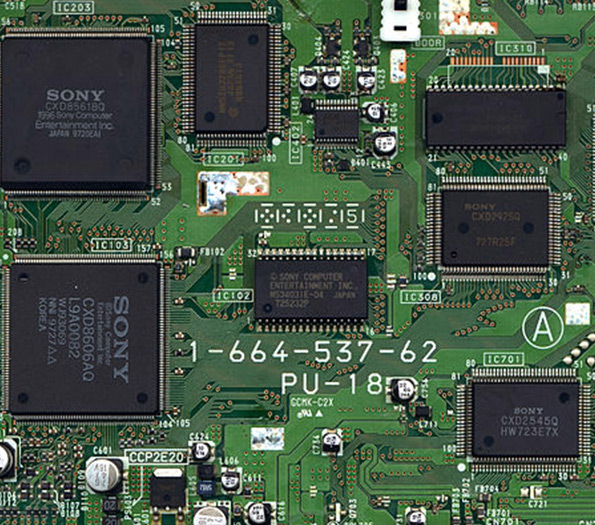

The Aesthetic Appeal of Blue Low E Glass
In today's world, where energy efficiency and aesthetic design go hand in hand, blue low E (low emissivity) glass emerges as a popular choice among architects, builders, and homeowners. This specialized glass not only enhances the visual appeal of buildings but also contributes to significant energy savings, making it an optimal choice for a sustainable future.
Low E glass has a unique coating that reflects infrared energy while allowing visible light to pass through. This technology significantly reduces solar heat gain while maximizing natural light within a space. Blue low E glass, in particular, adds an artistic touch to the functionality of conventional low E glass. The blue tint offers a modern aesthetic that complements various architectural styles, from contemporary buildings to traditional homes.
The Aesthetic Appeal of Blue Low E Glass
Additionally, blue low E glass offers practical benefits. By minimizing heat transfer, it helps regulate indoor temperatures, reducing the need for air conditioning and, consequently, lowering energy bills. This sustainable choice not only mitigates environmental impact but also aligns with the growing demand for green building materials. As more people become conscious of their carbon footprint, the integration of energy-efficient materials like blue low E glass becomes increasingly important.

Another important consideration is the role of blue low E glass in enhancing privacy. While allowing natural light to permeate, the reflective coating limits visibility from the outside, creating a comfortable barrier without sacrificing openness. This is especially beneficial for urban environments where buildings are in close proximity to one another. By utilizing blue low E glass, architects can design spaces that feel spacious and airy while still maintaining a degree of privacy.
Moreover, the durability and long-lasting nature of blue low E glass make it a wise investment. Unlike traditional window treatments that may fade or require replacement, blue low E glass retains its color and effectiveness over time. Its resistance to environmental factors, such as UV radiation and harsh weather conditions, ensures that the aesthetics and functionality of the glass remain intact for many years. This longevity enhances its value, as fewer replacements mean reduced maintenance costs in the long run.
In design, the versatility of blue low E glass cannot be overstated. It can be used in a variety of applications, from large-scale commercial projects to residential window replacements. The glass can be manufactured in different thicknesses and sizes, making it adaptable to unique design requirements. Additionally, its compatibility with various framing materials allows builders and designers to experiment with different architectural elements, fostering creativity and innovation.
Finally, the rising popularity of blue low E glass also highlights a broader trend in architectural design the integration of technology with form. As our understanding of materials and their properties expands, builders and architects are more equipped than ever to blend function with aesthetics. Blue low E glass exemplifies this trend, serving as a beacon for modern architecture that prioritizes both style and sustainability.
In conclusion, blue low E glass represents an intersection of art and science. Its aesthetic appeal, energy efficiency, and versatility make it a favored choice for modern architectural projects. As we strive for greater sustainability and creativity in design, materials like blue low E glass will undoubtedly play a pivotal role in shaping the future of our built environment. Whether it’s a sleek skyscraper or a cozy home, the incorporation of blue low E glass is sure to enhance both the form and function of any space.